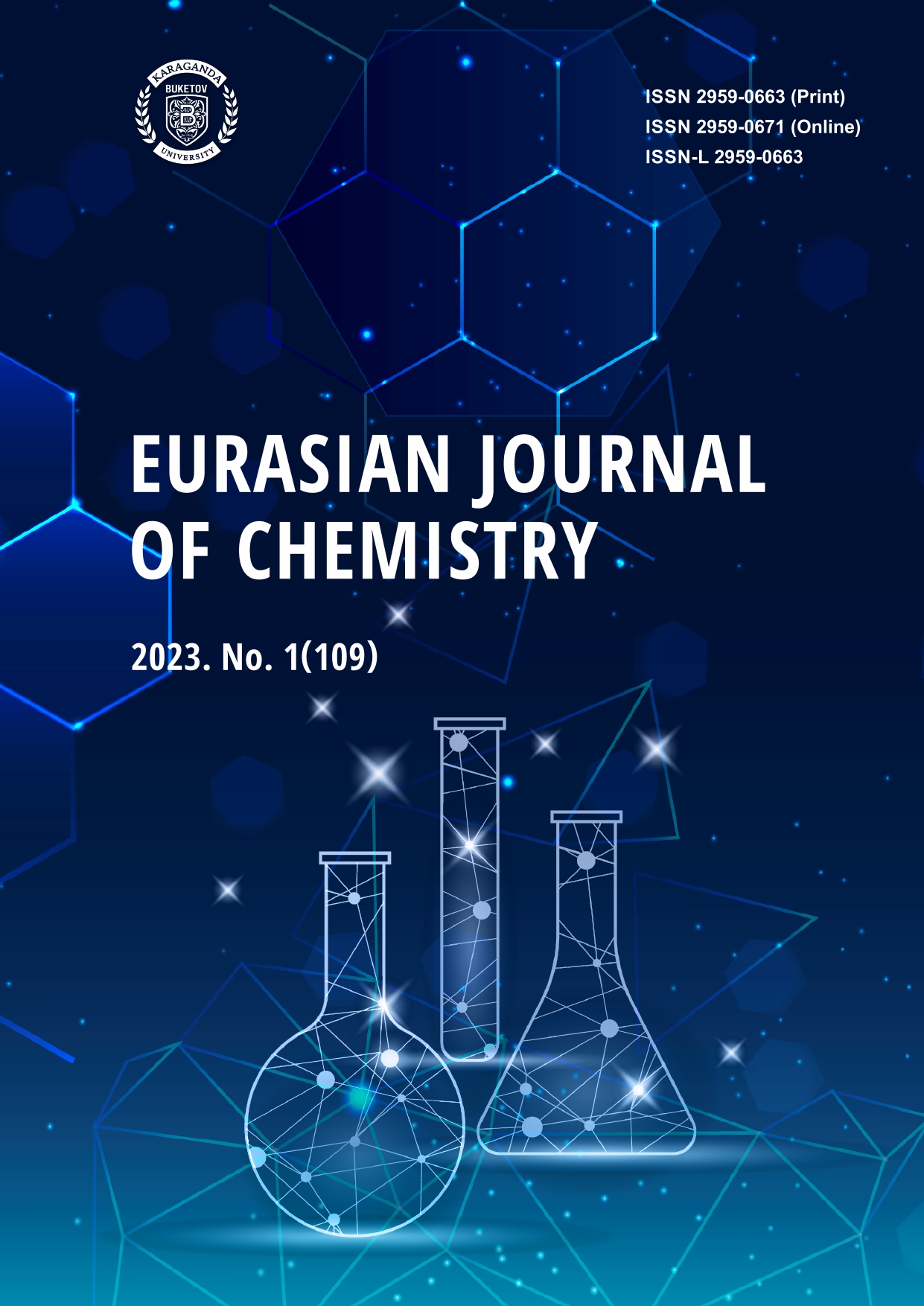Recent Advances in Layered Na2Mn3O7 Cathode Materials for Sodium-Ion Batteries
DOI:
https://doi.org/10.31489/2959-0663/1-23-5Keywords:
rechargeable batteries, sodium-ion battery, redox reaction, layered structure, cathode, low voltage, high voltage, oxygen redoxAbstract
There has been an increasing amount of attention paid to the different technologies that are used in energy production and storage in the context of day-to-day operations, which range from small-scale applications to large-scale applications, which are all equally important. As far as energy storage systems are concerned, Li-ion batteries are the market leader due to their high energy and power density, making them one of the most popular choices. Despite this, a significant concern is the scarcity of lithium resources and other metals that are needed for cathode material, such as cobalt and nickel, in the long run. Recent research has focused on alternative energy storage systems to mitigate these concerns. Due to sodium's widespread availability and similar chemistry to lithium-ion batteries (LIBs), sodium-ion batteries (SIBs) are considered the most promising next-generation alternatives. Being competitive in the market today requires the development of cathode materials that are of high performance. Among the studied materials, the Na2Mn3O7 electrode displayed high capacity. In addition, the low price of sodium and manganese makes it even more attractive. In this work, we summarized the recent progress in studying and enhancing the Na2Mn3O7 cathode material.
Downloads
Published
How to Cite
Issue
Section
License
This work is licensed under a Creative Commons Attribution-NonCommercial-NoDerivatives 4.0 International License.
Authors retain copyright and grant the journal right of first publication with the work simultaneously licensed under a Creative Commons Attribution License (CC BY-NC-ND 4.0) that allows others to share the work with an acknowledgement of the work's authorship and initial publication in this journal.




